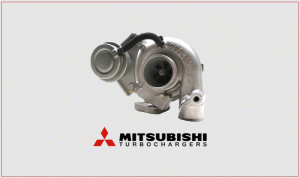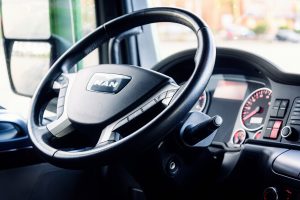The Latest News from Volvo about Their Trucks

2018 has been a good year for Volvo trucks, though the good run started towards the end of last year. In November 2017, Volvo was awarded the Sustainable Truck of the Year 2018, which was a pre-season boost for truck sales. The prestigious Italian award was issued on November 7th, during a ceremony at the Rimini Ecomondo Exhibition, and the awarded Volvo model was FH LNG in the category of tractors.
The focus of the first-prize win was low impact on climate and superior energy efficiency. It runs on biogas and natural gas, but offers the same power as a diesel truck. The natural gas version of the truck cuts emissions by 20% while the biogas model has the potential to eliminate emissions completely, offering a 100% reduction rating for carbon dioxide. From there, Volvo has achieved much more in terms of technology.
Better batteries, happier drivers
As much as vehicular efficiency matters, Volvo knows most accidents are caused by driver fatigue. This means no matter how good a truck is, an unhealthy driver can still lead to fatalities. That’s why in December 2017, it improved its battery system with an aim to improve driver comfort. Many of the cabin features that ease the driver’s experience also eat into the battery. This includes HVAC, music, and USB charging for laptops and phones.
The new batteries for Volvo FH and FM trucks have extended life, so drivers can flip on all their favourite pampering functions without worrying that the battery will wind down and stop the truck, or compromising its ignition ability after a break. Volvo achieved this by segmenting battery functions and circuits. One side is strictly for truck ignition, and the other feeds the radio, internal heating/cooling, plus other truck cabin systems. Volvo also installed a gel power for the batteries. It’s way more efficient than lead power.
Safety, electricity, and robotics
The higher ups at Volvo feel strongly that switching to electric trucks will reduce urban traffic and cut down noise pollution. The plan is to introduce electric Volvo trucks to Europe in 2019. So far they released their first fully electric truck in April 2018. This Volvo FL is mainly intended for refuse disposal and urban use. It runs on between 2 and 6 lithium batteries, with a 2-hour DC fast charge option and a 10-hour AC overnight charge cycle. Volvo launched the FE three weeks later. It charges faster and has higher gross weight.
In their continued efforts to improve safety, Volvo has also developed digital interfaces between its cars and trucks, allowing them to communicate with each other on the roads. It’s called Connected Safety, and its cloud-based system passes information on road hazards further along the road, warning other Volvo drivers along on same route. Volvo car company and Volvo truck company are run independently, but they share safety protocols.
Better steering options
This feature facilitated the joint road safety system. Alerts are triggered by any Volvo turning on its hazards. It was launched in May this year, and will be activated throughout Sweden and Norway before year’s end. It comes inbuilt on all new Volvo V and XC and 60s and 90s, as well as XC 40 and S90. Volvo trucks also use adaptive cruise control and automated braking to maintain safe driving distances between your truck and the car in front.
Then in June, Volvo announced improvements to its dynamic steering, an innovation that has already won multiple safety awards. It already offers stability in directional driving, enhanced driver comfort, and improved manoeuvring. Now Volvo has linked its Dynamic Steering to Stability Assist and Lane Keeping Assist. The systems work through cameras, sensors, and rotational speed monitors.
No skids and low vibrations
They collaborate to spot potential driving problems and correct them before you’ve consciously acknowledged them or even realised there’s a problem. They can lane-correct and avoid skids by vibrating slightly and altering the driver of changes or shifts they should make. It also lets you adjust the resistance levels of your steering wheel to suit your driving style, strength, and physical dimensions.
Dynamic steering automatically reduces vibration and kick on uneven roads, reducing resistance up to 75% for low-speed driving. This is useful for tricky manoeuvring and reversing out of tight corners. The steering re-adjusts as soon as it senses the driver’s steering wheel grip has eased, suggesting their tension has passed. At higher speeds, hydraulics help drivers retain direction, even if the roads are poor and the winds are strong. Volvo has also included a Dynafleet function, for fleet management across devices.
Read Also:







